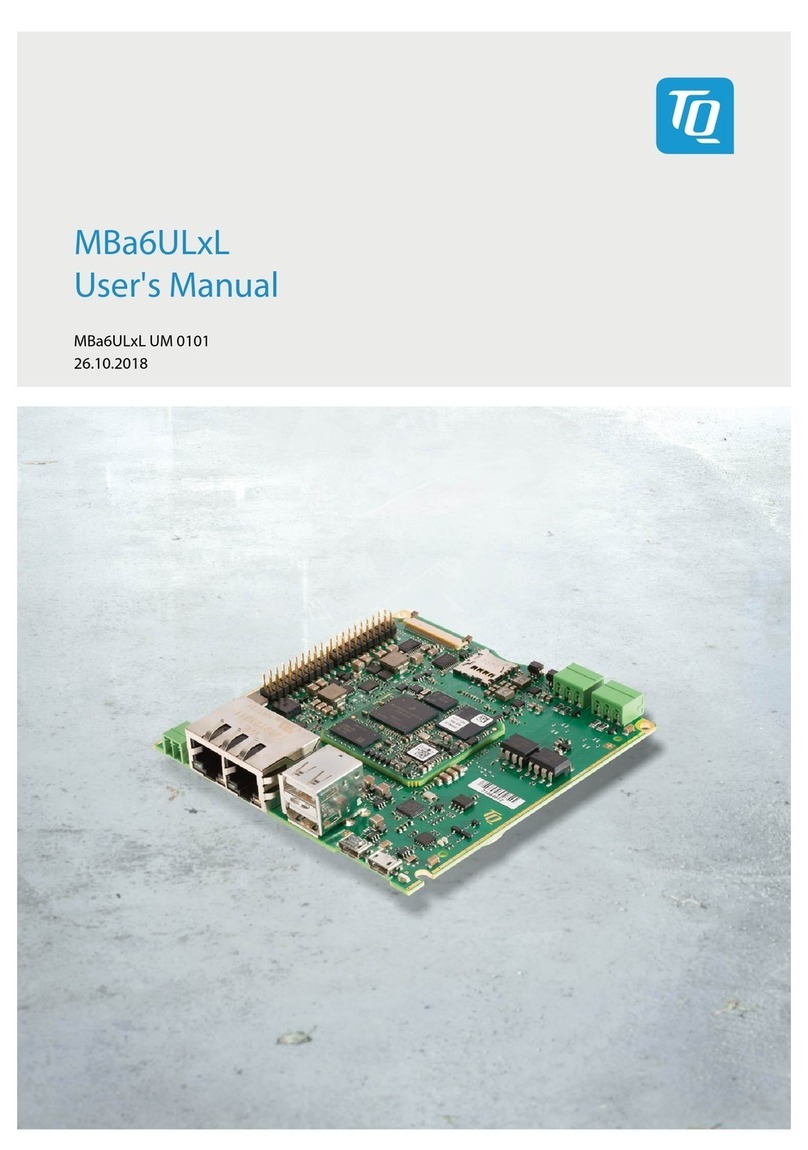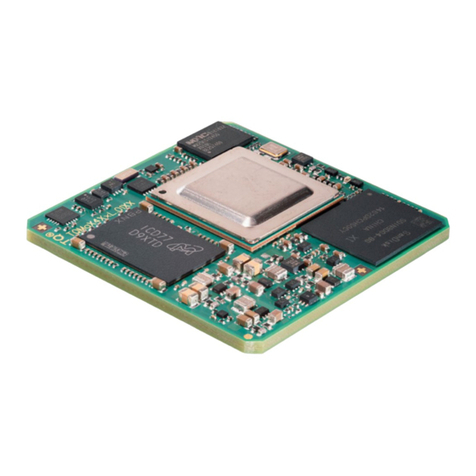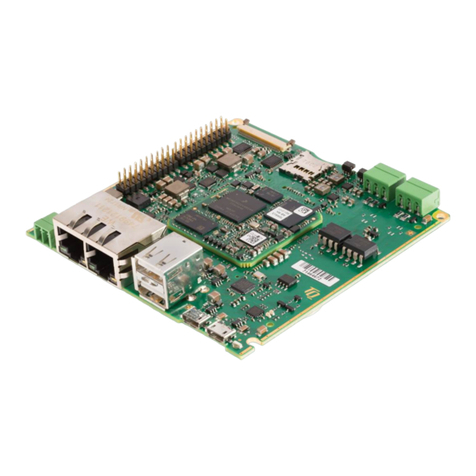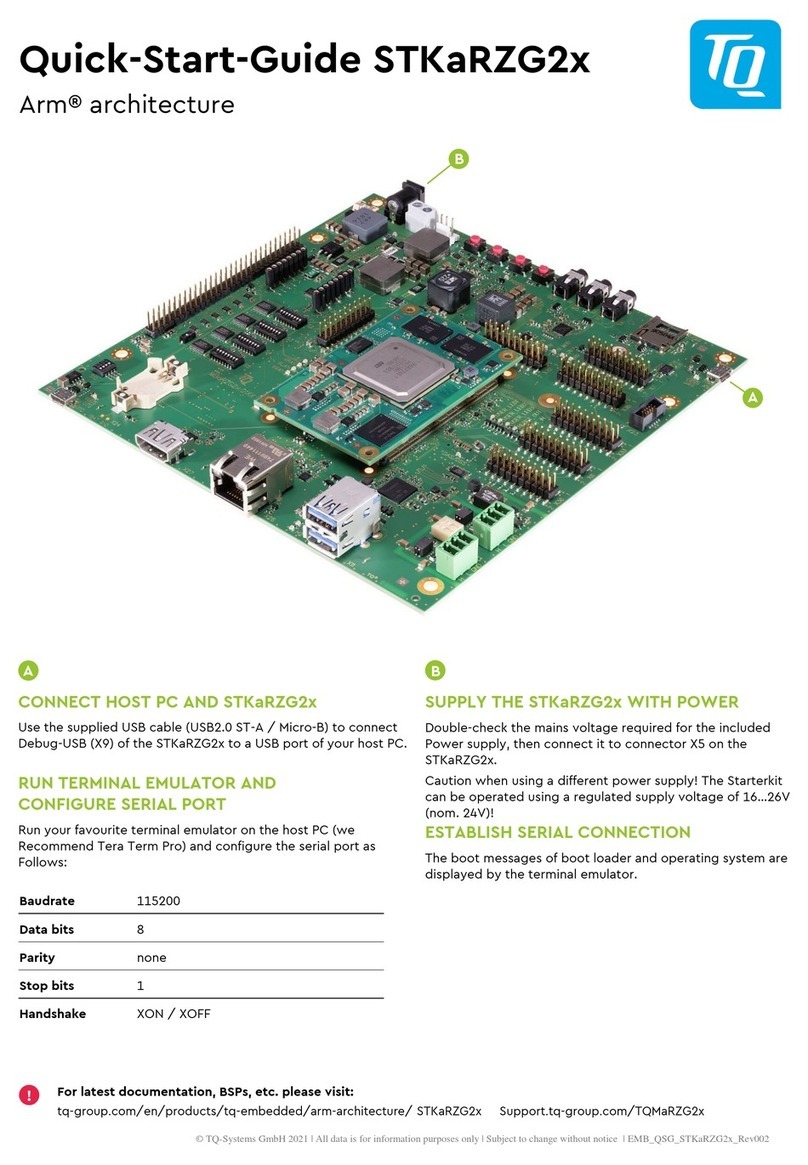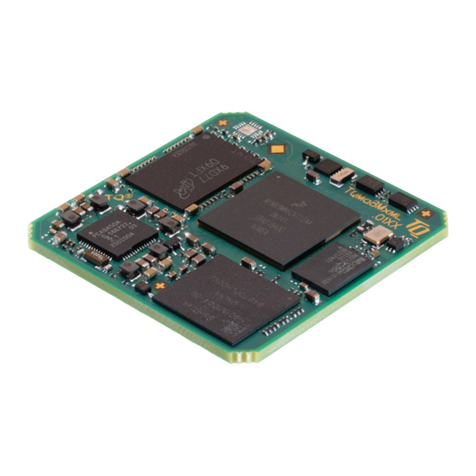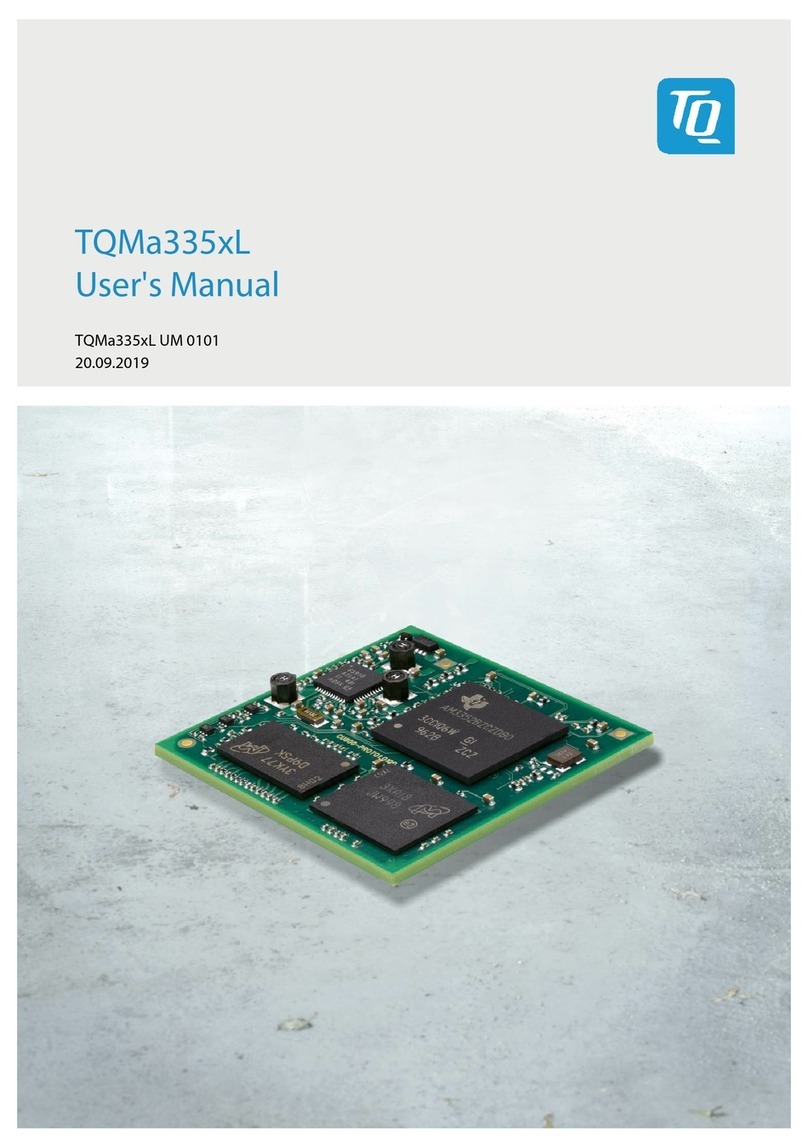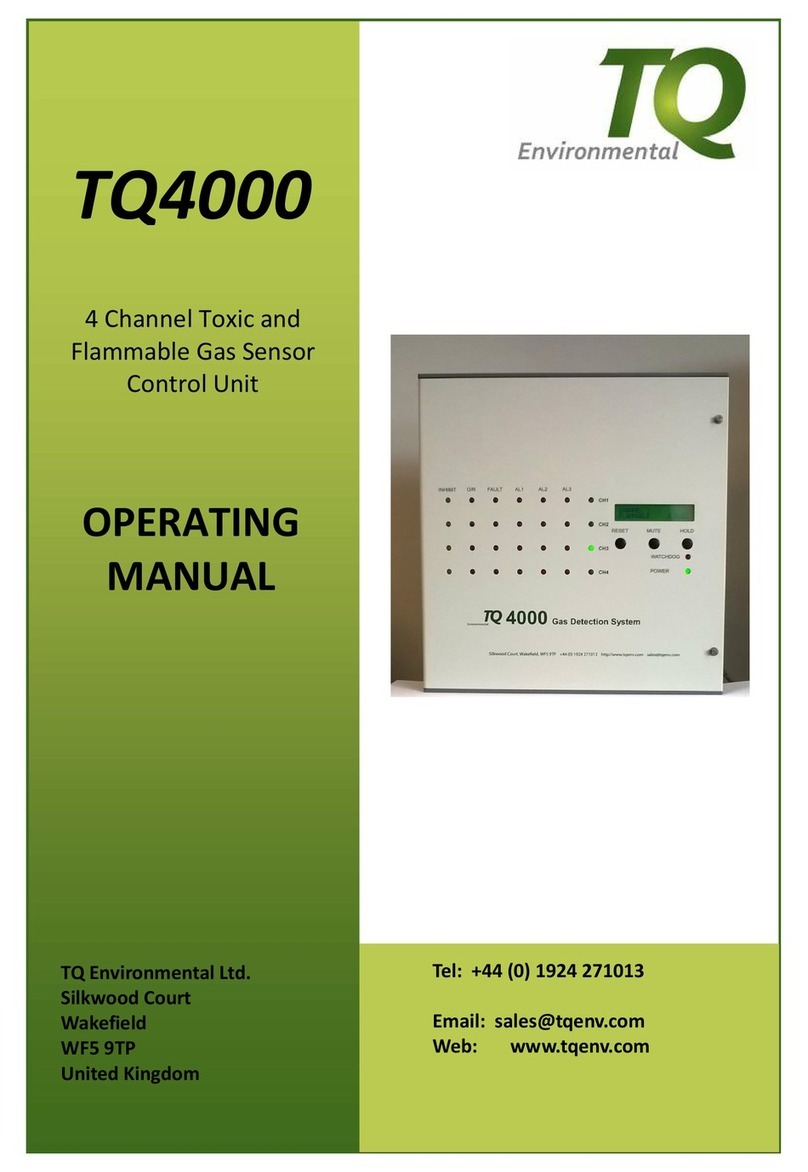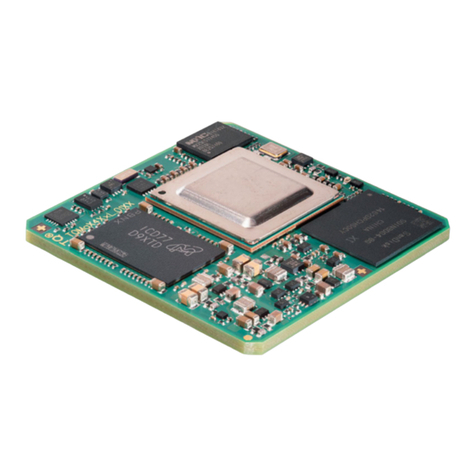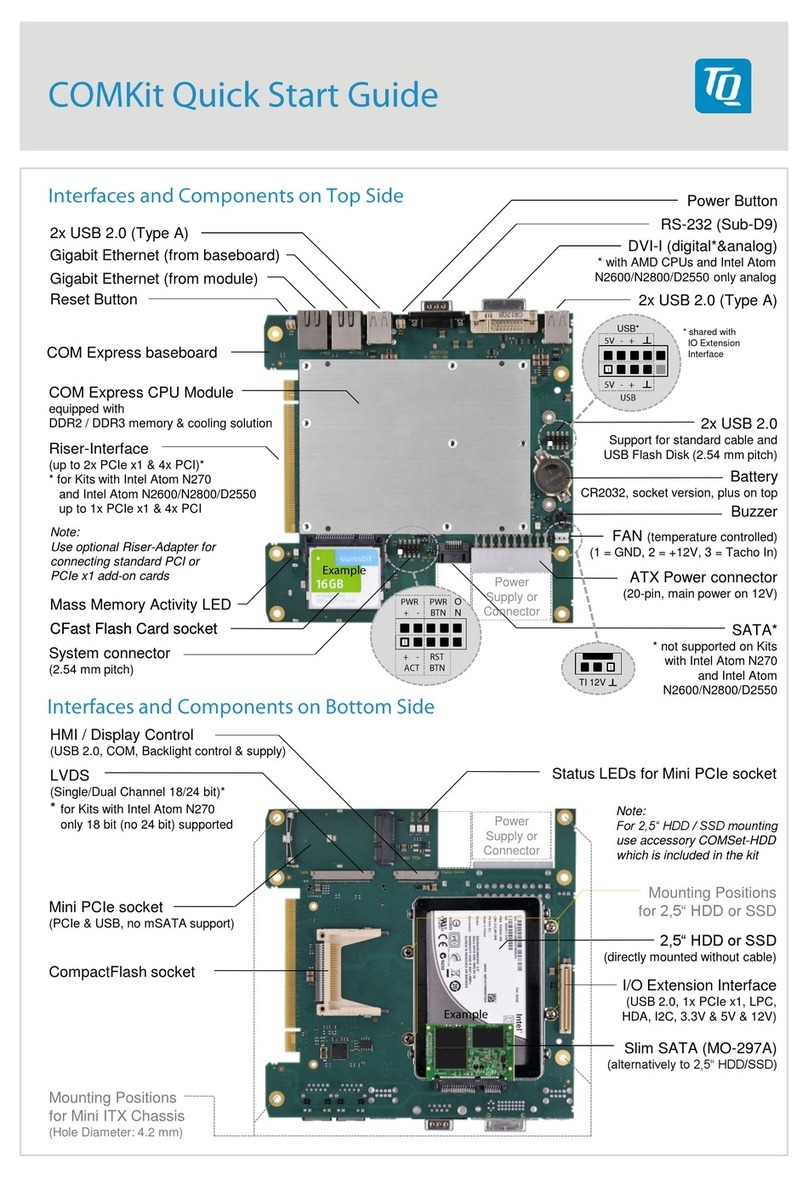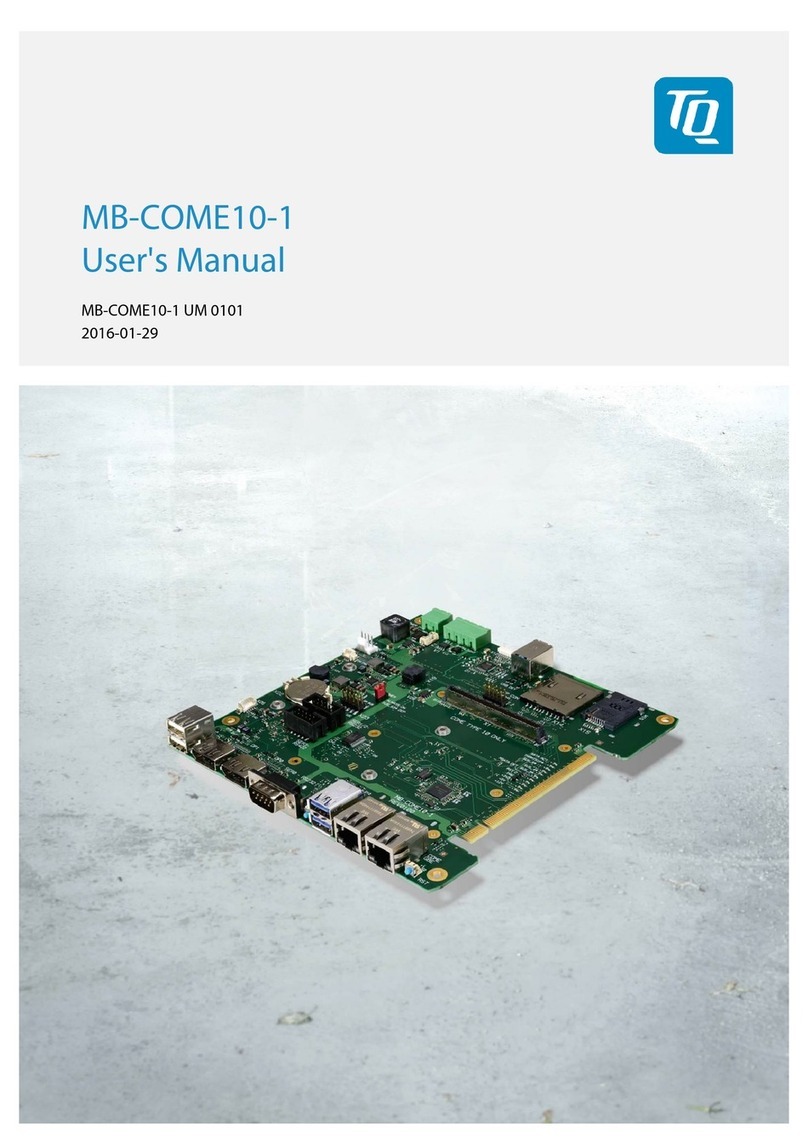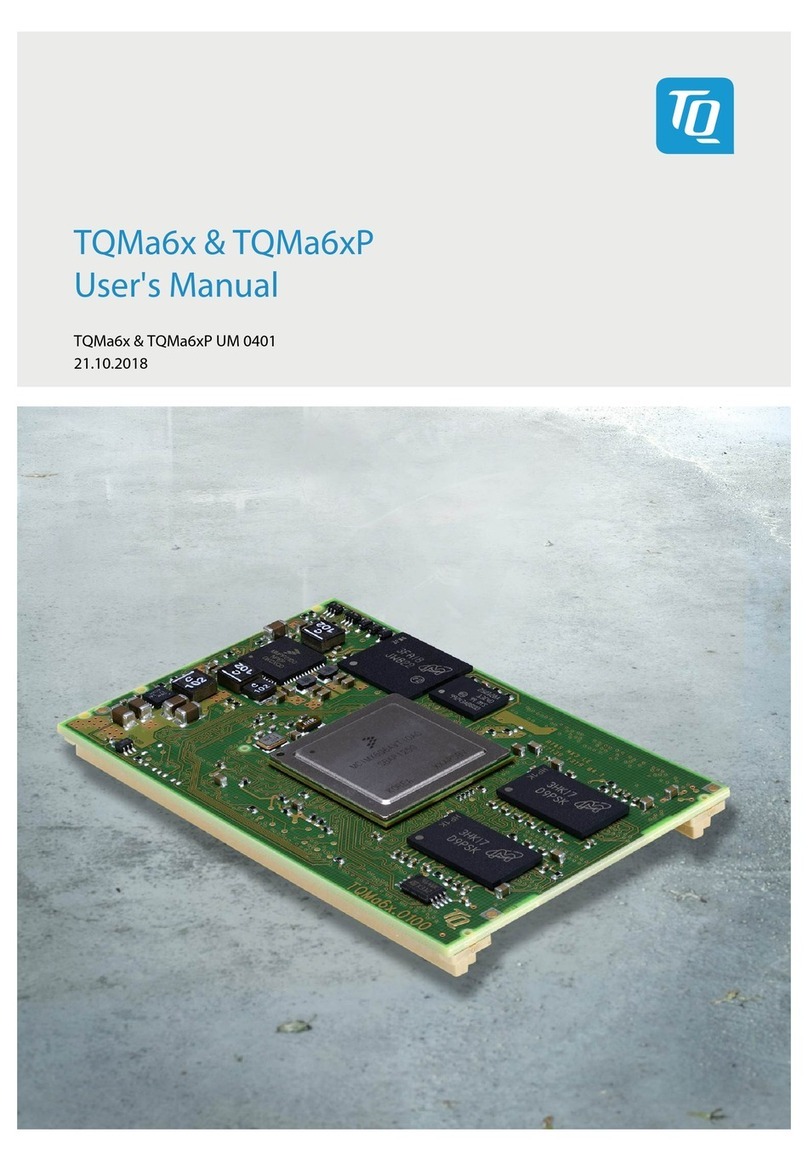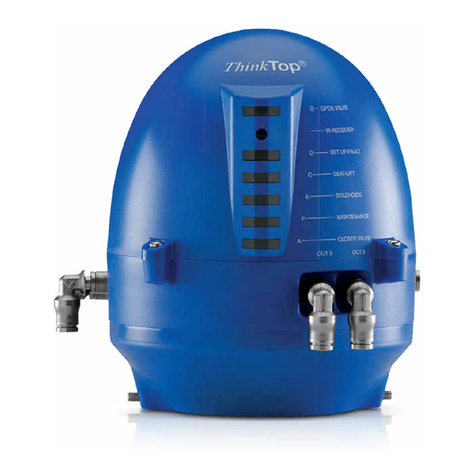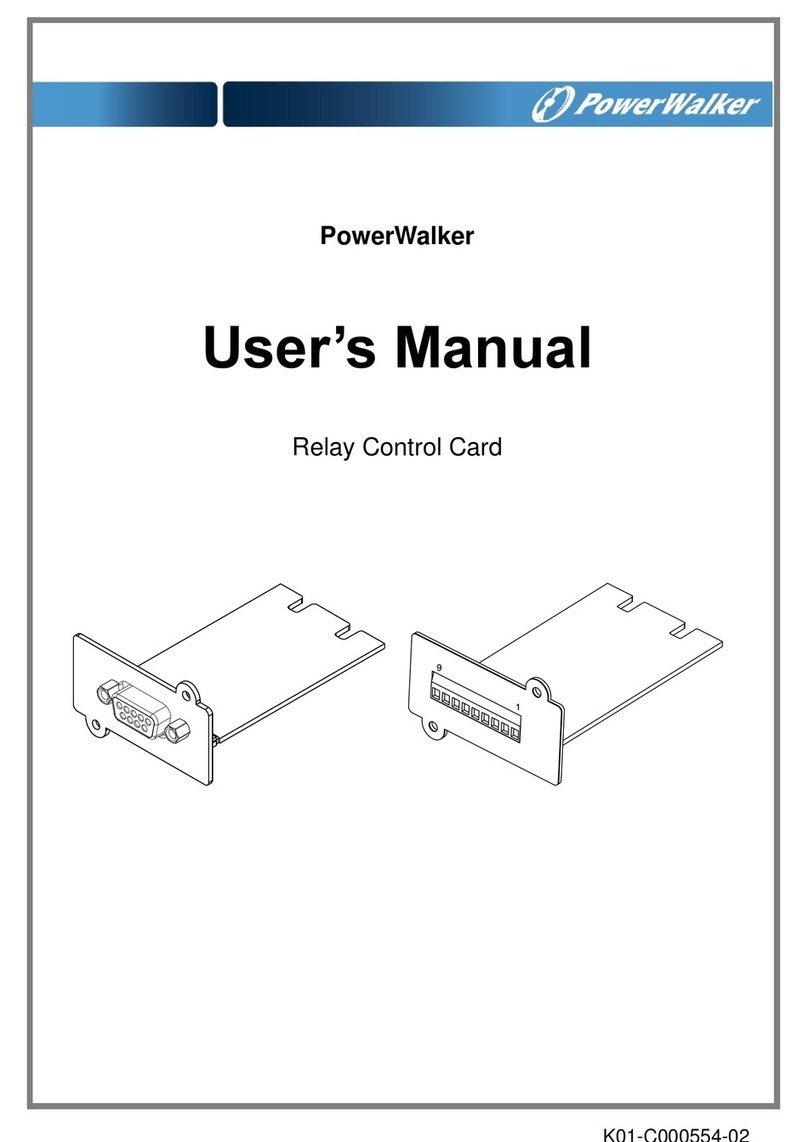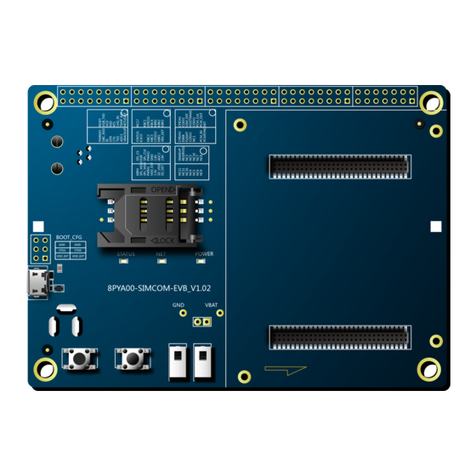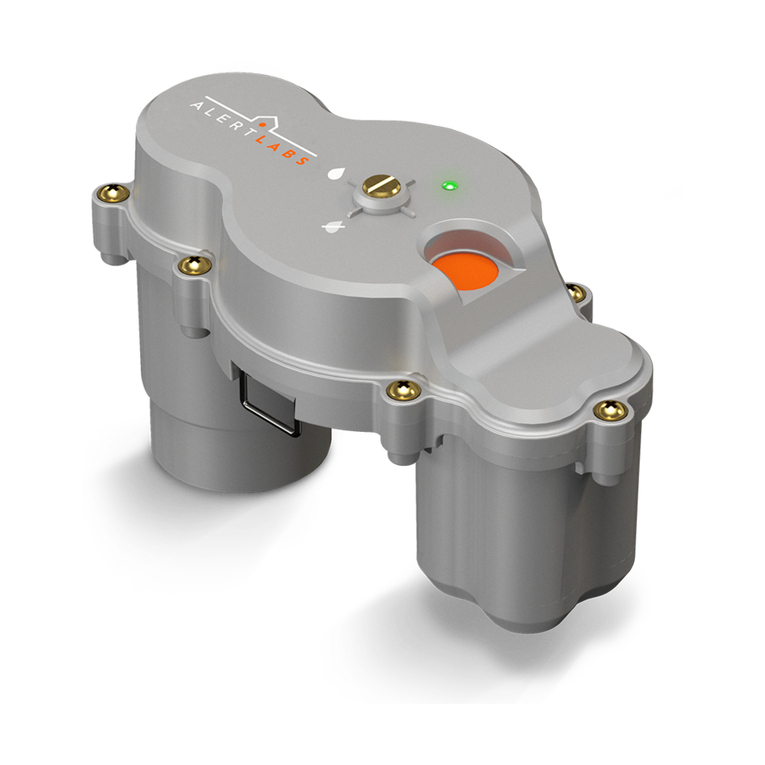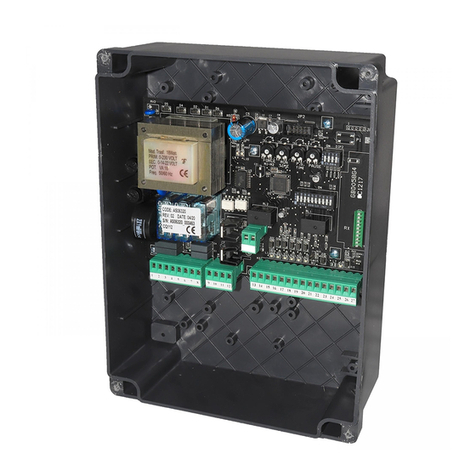TQ TQMxE39S series User manual

TQMxE39S
User's Manual
TQMxE39S UM 0101
2019-01-15

User's Manual l TQMxE39S UM 0101 l © 2019 TQ-Group Page i
TA LE OF CONTENTS
1. A OUT THIS MANUAL................................................................................................................................................................................1
1.1 Copyright and Licence Expenses ...........................................................................................................................................................1
1.2 Registered Trademarks..............................................................................................................................................................................1
1.3 Disclaimer......................................................................................................................................................................................................1
1.4 Imprint............................................................................................................................................................................................................1
1.5 Service and Support...................................................................................................................................................................................1
1.6 Tips on Safety ...............................................................................................................................................................................................2
1.7 Symbols and Typographic Conventions..............................................................................................................................................2
1.8 Handling and ESD Tips ..............................................................................................................................................................................2
1.9 Naming of Signals.......................................................................................................................................................................................3
1.10 Further Applicable Documents / Presumed Knowledge................................................................................................................3
2. INTRODUCTION ...........................................................................................................................................................................................3
2.1 Functional Overview..................................................................................................................................................................................4
2.2 Specification Compliance.........................................................................................................................................................................5
2.3 Variants...........................................................................................................................................................................................................5
2.4 Accessories....................................................................................................................................................................................................5
3. FUNCTION .....................................................................................................................................................................................................6
3.1 lock Diagram..............................................................................................................................................................................................6
3.2 Electrical Characteristics ...........................................................................................................................................................................6
3.2.1 Supply Voltage Characteristics ...............................................................................................................................................................6
3.2.2 Power Consumption ..................................................................................................................................................................................7
3.2.2.1 Real Time Clock............................................................................................................................................................................................8
3.3 Environment.................................................................................................................................................................................................8
3.4 System Components..................................................................................................................................................................................9
3.4.1 CPU..................................................................................................................................................................................................................9
3.4.2 Graphics .........................................................................................................................................................................................................9
3.4.3 Memory....................................................................................................................................................................................................... 10
3.4.3.1 LPDDR4 SDRAM........................................................................................................................................................................................ 10
3.4.3.2 eMMC........................................................................................................................................................................................................... 10
3.4.3.3 SPI oot Flash............................................................................................................................................................................................ 10
3.4.3.4 EEPROM....................................................................................................................................................................................................... 10
3.4.4 Real Time Clock......................................................................................................................................................................................... 10
3.4.5 Hardware Monitor.................................................................................................................................................................................... 10
3.4.6 TQ flexible I/O configuration (TQ-flexiCFG) ..................................................................................................................................... 10
3.5 Interfaces .................................................................................................................................................................................................... 11
3.5.1 PCI Express ................................................................................................................................................................................................. 11
3.5.2 Gigabit Ethernet ....................................................................................................................................................................................... 11
3.5.3 Serial ATA.................................................................................................................................................................................................... 11
3.5.4 Digital Display Interface......................................................................................................................................................................... 11
3.5.5 LVDS Interface........................................................................................................................................................................................... 11
3.5.6 US 2.0 Interfaces..................................................................................................................................................................................... 12
3.5.7 US 3.0 Interfaces..................................................................................................................................................................................... 12
3.5.8 SD Card Interface...................................................................................................................................................................................... 12
3.5.9 General Purpose Input/Output............................................................................................................................................................ 12
3.5.10 Audio Interface ......................................................................................................................................................................................... 12
3.5.11 MIPI CSI Camera Interface ..................................................................................................................................................................... 12
3.5.12 I2C us.......................................................................................................................................................................................................... 12
3.5.13 SM us / Power Management I2C us................................................................................................................................................. 12
3.5.14 Serial Peripheral Interface ..................................................................................................................................................................... 12
3.5.15 Serial Ports.................................................................................................................................................................................................. 13
3.5.16 Watchdog Timer....................................................................................................................................................................................... 13

User's Manual l TQMxE39S UM 0101 l © 2019 TQ-Group Page ii
TA LE OF CONTENTS (continued)
3.6 Connectors................................................................................................................................................................................................. 13
3.6.1 SMARC Connector.................................................................................................................................................................................... 13
3.6.2 TQM Debug Card...................................................................................................................................................................................... 13
3.6.3 Debug Module LED ................................................................................................................................................................................. 14
3.7 SMARC Connector Pinout List.............................................................................................................................................................. 14
3.7.1 Signal Assignment Abbreviations....................................................................................................................................................... 14
3.7.2 SMARC Connector Pin Assignment.................................................................................................................................................... 15
4. MECHANICS ............................................................................................................................................................................................... 21
4.1 TQMxE39S Dimensions .......................................................................................................................................................................... 21
4.2 Heat Spreader Dimensions ................................................................................................................................................................... 22
4.3 Mechanical and Thermal Considerations ......................................................................................................................................... 23
4.4 Protection Against External Effects .................................................................................................................................................... 23
5. SOFTWARE.................................................................................................................................................................................................. 24
5.1 System Resources .................................................................................................................................................................................... 24
5.1.1 I2C us.......................................................................................................................................................................................................... 24
5.1.2 SM us .......................................................................................................................................................................................................... 24
5.1.3 Memory Map ............................................................................................................................................................................................. 24
5.1.4 IRQ Map....................................................................................................................................................................................................... 24
5.2 Operating Systems .................................................................................................................................................................................. 25
5.2.1 Supported Operating Systems............................................................................................................................................................. 25
5.2.2 Driver Download ...................................................................................................................................................................................... 25
5.3 IOS .............................................................................................................................................................................................................. 25
5.3.1 Enter IOS Setup ...................................................................................................................................................................................... 25
5.4 Software Tools........................................................................................................................................................................................... 25
6. SAFETY REQUIREMENTS AND PROTECTIVE REGULATIONS......................................................................................................... 26
6.1 EMC............................................................................................................................................................................................................... 26
6.2 ESD................................................................................................................................................................................................................ 26
6.3 Shock & Vibration..................................................................................................................................................................................... 26
6.4 Operational Safety and Personal Security........................................................................................................................................ 26
6.5 Reliability and Service Life..................................................................................................................................................................... 26
6.5.1 RoHS............................................................................................................................................................................................................. 26
6.5.2 WEEE®.......................................................................................................................................................................................................... 26
6.6 Other Entries.............................................................................................................................................................................................. 26
7. APPENDIX ................................................................................................................................................................................................... 27
7.1 Acronyms and Definitions..................................................................................................................................................................... 27
7.2 References.................................................................................................................................................................................................. 29

User's Manual l TQMxE39S UM 0101 l © 2019 TQ-Group Page iii
TA LE DIRECTORY
Table 1: Terms and Conventions.....................................................................................................................................................................2
Table 2: TQMxE39S Module Variants .............................................................................................................................................................5
Table 3: TQMxE39S Power Consumption.....................................................................................................................................................7
Table 4: RTC Current Consumption................................................................................................................................................................8
Table 5: Intel® Atom™ E3900, Intel® Pentium® N4200, and Intel® Celeron® N3350......................................................................9
Table 6: Maximum Resolution in Dual Display Configuration ...............................................................................................................9
Table 7: PCI Express Configuration Options............................................................................................................................................. 11
Table 8: LED oot Messages .......................................................................................................................................................................... 14
Table 9: Abbreviations used .......................................................................................................................................................................... 14
Table 10: SMARC Connector Pin Assignment............................................................................................................................................. 15
Table 11: I2C Address Mapping on GP I2C Port........................................................................................................................................... 24
Table 12: I2C Address Mapping on SM us Port.......................................................................................................................................... 24
Table 13: Acronyms ............................................................................................................................................................................................ 27
Table 14: Further Applicable Documents and Links................................................................................................................................. 29
ILLUSTRATION DIRECTORY
Illustration 1: lock Diagram TQMxE39S.................................................................................................................................................................6
Illustration 2: TQM Debug Card .............................................................................................................................................................................. 13
Illustration 3: Three View Drawing TQMxE39S................................................................................................................................................... 21
Illustration 4: ottom View Drawing TQMxE39S ............................................................................................................................................... 21
Illustration 5: Standard Heat Spreader TQMxE39S-HSP.................................................................................................................................. 22
REVISION HISTORY
Rev. Date Name Pos. Modification
0100 2018-02-16 FP Initial release
0101 2019-01-15 WM 3.4.3.3 Type of supported SPI oot Flash corrected

User's Manual l TQMxE39S UM 0101 l © 2019 TQ-Group Page 1
1. ABOUT THIS MANUAL
1.1 Copyright and Licence Expenses
Copyright protected © 2019 by TQ-Systems GmbH.
This User's Manual may not be copied, reproduced, translated, changed or distributed, completely or partially in electronic,
machine readable, or in any other form without the written consent of TQ-Systems GmbH.
The drivers and utilities for the components used as well as the IOS are subject to the copyrights of the respective
manufacturers. The licence conditions of the respective manufacturer are to be adhered to.
IOS-licence expenses are paid by TQ-Systems GmbH and are included in the price.
Licence expenses for the operating system and applications are not taken into consideration and must be calculated / declared
separately.
1. Registered Trademarks
TQ-Systems GmbH aims to adhere to copyrights of all graphics and texts used in all publications, and strives to use original
or license-free graphics and texts.
All brand names and trademarks mentioned in this User's Manual, including those protected by a third party, unless specified
otherwise in writing, are subjected to the specifications of the current copyright laws and the proprietary laws of the present
registered proprietor without any limitation. One should conclude that brand and trademarks are rightly protected by a third
party.
1.3 Disclaimer
TQ-Systems GmbH does not guarantee that the information in this User's Manual is up-to-date, correct, complete
or of good quality. Nor does TQ-Systems GmbH assume guarantee for further usage of the information. Liability claims against
TQ-Systems GmbH, referring to material or non-material related damages caused, due to usage or non-usage of the information
given in this User's Manual, or due to usage of erroneous or incomplete information, are exempted, as long as there is no proven
intentional or negligent fault of TQ-Systems GmbH.
TQ-Systems GmbH explicitly reserves the rights to change or add to the contents of this User's Manual or parts of it without
special notification.
1.4 Imprint
TQ-Systems GmbH
Gut Delling, Mühlstraße 2
D-8 9 Seefeld
Tel: +49 8153 9308–0
Fax: +49 8153 9308–4223
Web: www.tq-group.com/
1.5 Service and Support
Please visit our website www.tq-group.com for latest product documentation, drivers, utilities and technical support.
Through our website www.tq-group.com you could also get registered, to have access to restricted information and automatic
update services.
For direct technical support you could contact our FAE team by email: [email protected]
Our FAE team can support you also with additional information like 3D-STEP files and confidential information which is not
provided on our public website.
For service/RMA, please contact our service team by email ([email protected]) or your dedicated sales team at TQ.

User's Manual l TQMxE39S UM 0101 l © 2019 TQ-Group Page 2
1.6 Tips on Safety
Improper or incorrect handling of the product can substantially reduce its life span.
1.7 Symbols and Typographic Conventions
Table 1: Terms and Conventions
Symbol Meaning
This symbol represents the handling of electrostatic-sensitive modules and / or components. These
components are often damaged / destroyed by the transmission of a voltage higher than about 50 V.
A human body usually only experiences electrostatic discharges above approximately 3,000 V.
This symbol indicates the possible use of voltages higher than 24 V.
Please note the relevant statutory regulations in this regard.
Non-compliance with these regulations can lead to serious damage to your health and also cause
damage / destruction of the component.
This symbol indicates a possible source of danger. Acting against the procedure described can lead to
possible damage to your health and / or cause damage / destruction of the material used.
This symbol represents important details or aspects for working with TQ-products.
Command A font with fixed-width is used to denote commands, contents, file names, or menu items.
1.8 Handling and ESD Tips
General handling of your TQ-products
The TQ-product may only be used and serviced by certified personnel who have taken note of the
information, the safety regulations in this document and all related rules and regulations.
A general rule is: do not touch the TQ-product during operation. This is especially important when
switching on, changing jumper settings or connecting other devices without ensuring beforehand
that the power supply of the system has been switched off.
Violation of this guideline may result in damage / destruction of the TQMxE39S and be dangerous to
your health.
Improper handling of your TQ-product would render the guarantee invalid.
Proper ESD handling
The electronic components of your TQ-product are sensitive to electrostatic discharge (ESD).
Always wear antistatic clothing, use ESD-safe tools, packing materials etc., and operate your TQ-
product in an ESD-safe environment. Especially when you switch modules on, change jumper settings,
or connect other devices.

User's Manual l TQMxE39S UM 0101 l © 2019 TQ-Group Page 3
1.9 Naming of Signals
A hash mark (#) at the end of the signal name indicates a low-active signal.
Example: RESET#
If a signal can switch between two functions and if this is noted in the name of the signal, the low-active function is marked with
a hash mark and shown at the end.
Example: C / D#
If a signal has multiple functions, the individual functions are separated by slashes when they are important for the wiring.
The identification of the individual functions follows the above conventions.
Example: WE2# / OE#
1.10 Further Applicable Documents / Presumed Knowledge
•Specifications and manual of the modules used:
These documents describe the service, functionality and special characteristics of the module used.
•Specifications of the components used:
The manufacturer's specifications of the components used, for example CompactFlash cards, are to be taken note of.
They contain, if applicable, additional information that must be taken note of for safe and reliable operation.
These documents are stored at TQ-Systems GmbH.
•Chip errata:
It is the user's responsibility to make sure all errata published by the manufacturer of each component are taken note of.
The manufacturer’s advice should be followed.
•Software behaviour:
No warranty can be given, nor responsibility taken for any unexpected software behaviour due to deficient components.
•General expertise:
Expertise in electrical engineering / computer engineering is required for the installation and the use of the device.
Implementation information for the carrier board design is provided in the SMARC Design Guide (2) maintained by the SGET
(Standardization Group for Embedded Technologies). This Carrier Design Guide includes a very good guideline to design SMARC
carrier board.
It includes detailed information with schematics and detailed layout guidelines.
Please refer to the official SGET documentation for additional information (1).
. INTRODUCTION
The TQ module TQMxE39S is based on the latest generation of Intel® Atom™, Pentium® and Celeron® CPUs (code name
“Apollo Lake”). It achieves a new level of computing performance, security and media processing performance in a very compact
form factor to empower real-time computing, industrial automation, digital surveillance, aviation, medical, retail and more.
The TQMxE39S corresponds to the internationally established SGET standard SMARC (V2.0). 6 US ports – including 2 US 3.0 –
and up to 4 PCIe lanes natively supported by the CPUs enable high bandwidth communication with peripherals and additional
interfaces on the carrier board. With the latest Intel® graphics processor integrated, the TQMxE39S delivers 4K high resolution
graphics output, immersive 3D processing and also greatly increased video encode and playback performance.
Time coordinated computing capabilities enable time synchronized processes within IoT networks and industrial control
applications. On-board eMMC up to 64 Gbyte and the option for LVDS or native eDP enable flexibility and reduce overall OM
cost.
The integrated TQMx86 board controller enables high flexibility through “flexiCFG” and supports thermal management,
watchdog, 16550 compatible UARTs I2C controllers and GPIO handling. Combined with options like conformal coating and
optimized cooling solutions the TQMxE39S perfectly fits for mobile, low power, low profile and battery driven applications in
multiple vertical markets like industrial automation, medical devices, transportation and others.

User's Manual l TQMxE39S UM 0101 l © 2019 TQ-Group Page 4
.1 Functional Overview
The following key functions are implemented on the TQMxE39S:
CPU:
•Intel® Atom™ E3900 („Apollo Lake-I“)
•Intel® Pentium® N4200 („Apollo Lake“)
•Intel® Celeron® N3350 („Apollo Lake“)
Memory:
•LPDDR4: 2 Gbyte, 4 Gbyte, 8 Gbyte
•eMMC 5.0 on-board flash up to 64 Gbyte
•EEPROM: 32 kbit (24LC32)
Graphics:
•1 × Digital Display Interface (DDI) (DP 1.2a, DVI, HDMI 1.4b)
•1 × HDMI Interface (DVI, HDMI 1.4b)
•1 × Embedded Digital Display Interface (eDDI) or LVDS interface (eDP 1.3 or LVDS)
Peripheral interfaces:
•1 × Gigabit Ethernet (Intel® i210), external IEEE1588 sync optional
•1 × SATA 3.0 (up to 6 Gb/s), eSATA capable
•4 × PCIe 2.0 (up to 5 Gb/s) (4th lane optional, if no Ethernet)
•2 × Camera interface MIPI CSI (2 and 4 lane)
•4 × US 2.0, 2 x US 3.0 (1 x Host / 1 x Host/Client)
•1 × Intel® HD audio (I) or I2S
•1 × I2C (General Purpose; master/slave capable)
•1 × SM us
•1 × SPI (for external uEFI IOS flash)
•4 × Serial port (Rx/Tx, legacy compatible)
•1 × SD card interface
•12 GPIO signals (multiplexed with fan / camera control and HD audio Reset)
Others:
•TQMx86 board controller with Watchdog and TQ-flexiCFG
•Hardware monitor
Power supply:
•Voltage: 4.75 V to 5.25 V
3 V attery for RTC
Environment:
•Standard Temperature: 0 °C to +60 °C
•Extended Temperature: –40 °C to +85 °C
Form factor / dimensions:
•SMARC short form factor; 82 mm × 50 mm

User's Manual l TQMxE39S UM 0101 l © 2019 TQ-Group Page 5
. Specification Compliance
The TQMxE39S is compliant to the SMARC Hardware Specification (Version 2.0).
.3 Variants
The TQMxE39S is available in several standard configurations:
Table 2: TQMxE39S Module Variants
CPU
Module Core Clock Cache SDRAM eMMC TDP Graphics Temp. Range
TQMxE39S-AA Intel Atom x7-E3950 4 × 1.6 / 2.0 GHz 2 M 8 G LPDDR4 32 G 12 W LVDS –40 °C to +85 °C
TQMxE39S-A Intel Atom x5-E3940 4 × 1.6 / 1.8 GHz 2 M 8 G LPDDR4 32 G 9.5 W eDP –40 °C to +85 °C
TQMxE39S-AC Intel Atom x5-E3930 2 × 1.3 / 1.8 GHz 2 M 4 G LPDDR4 8 G 6.5 W LVDS –40 °C to +85 °C
TQMxE39S-AD Intel Celeron N3350 2 × 1.1 / 2.4 GHz 2 M 4 G LPDDR4 8 G 6 W LVDS 0 °C to +60 °C
TQMxE39S-AE Intel Pentium N4200 4 × 1.1 / 2.5 GHz 2 M 8 G LPDDR4 32 G 6 W eDP 0 °C to +60 °C
TQMxE39S-AF Intel Atom x5-E3940 4 × 1.6 / 1.8 GHz 2 M 8 G LPDDR4 32 G 9.5 W LVDS –40 °C to +85 °C
TQMxE39S-AG Intel Atom x7-E3950 4 × 1.6 / 2.0 GHz 2 M 8 G LPDDR4 32 G 12 W eDP –40 °C to +85 °C
Please visit www.tq-group.com/TQMxE39S for a complete list of standard variants.
Other configurations are available on request.
Standard configuration features are:
•eDP or LVDS
•CPU version
•Memory configuration
•Temperature range
Optional hardware and software configuration features:
•Conformal coating can be offered as custom specific add-on
•Custom specific IOS configuration
.4 Accessories
TQMxE39S-HSP-E, TQMxE39S-HSP-N: Heat spreader for TQMxE39S according to the SMARC specification
Evaluation platform M -SMARC-1:
•Mainboard for SMARC modules
•170 mm × 170 mm
•Interfaces: DP, HDMI, eDP/LVDS, 2 × GbE, 1 × US Type C, 1 x US 3.0, 1 x US 2.0, audio, Micro SD card, 4 x M.2 socket
(Key E, , , M), 4 × RS232, 2 × CSI

User's Manual l TQMxE39S UM 0101 l © 2019 TQ-Group Page 6
3. FUNCTION
3.1 Block Diagram
The following illustration shows the block diagram of the TQMxE39S:
Illustration 1: lock Diagram TQMxE39S
3. Electrical Characteristics
3.2.1 Supply Voltage Characteristics
The TQMxE39S supports an input voltage from 4.75 V to 5.25 V.
The following supply voltages are specified at the SMARC connector:
•Main Power Rail: 4.75 V to 5.25 V max input ripple: ±100 mV
•VCC_RTC: 2.0 V to 3.3 V max input ripple: ±20 mV
The input voltages shall rise from 10 % of nominal to 90 % of nominal within 0.1 ms to 20 ms (0.1 ms ≤ Rise Time ≤ 20 ms).
There must be a smooth and continuous ramp of each DC output voltage from 10 % to 90 % of its final set point within the
regulation band.

User's Manual l TQMxE39S UM 0101 l © 2019 TQ-Group Page 7
3.2.2 Power Consumption
The values below show voltage and power consumption details for the TQMxE39S.
The values were measured using the TQMxE39S and the M -SMARC-1 carrier board.
The measurement was done with two power supplies, one for the TQMxE39S and the other one for the M -SMARC-1 carrier
board.
The power consumption of each TQMxE39S was measured running Windows® 10, 64 bit and a four chip LPDDR4 configuration (4
× 2 Gbyte). All measurements were done at a temperature of +25 °C and an input voltage of +5.0 V.
The power consumption of the TQMxE39S depends on the application, the mode of operation and the operating system.
The power consumption was measured under the following conditions:
•Suspend mode:
The system is in S5/S4 state, Ethernet port is disconnected.
•Windows 10, 64 bit, idle:
Desktop idles, Ethernet port is disconnected.
•Windows 10, 64 bit, maximum load:
These values show the maximum worst case power consumption, achieved by using the Intel® stress test tool to apply
maximum load to the cores only, and cores plus graphics engine, Ethernet port is connected (1000 Mbps Speed)
•Windows 10, 64 bit, Suspend Mode:
The system is in S5/S4 state, Ethernet port is disconnected.
The following table shows the power consumption with different CPU configurations.
Table 3: TQMxE39S Power Consumption
Mode
Module Suspend (OS shut down) Win10, 64 bit idle Win10, 64 bit max. load
Intel® Pentium® N4200 0.33 W 2 W T D
Intel® Celeron® N3350 0.33 W 2 W T D
E3930 with 8 Gbyte LPDDR4 0.33 W 2 W 8 W
E3940 with 8 Gbyte LPDDR4 0.33 W 2 W 11.5 W
E3950 with 8 Gbyte LPDDR4 0.33 W 2 W 16 W
Note: Power requirement
The power supplies on the carrier board for the TQMxE39S must be designed with enough reserve.
The carrier board should provide at least twice the maximum workload power of the TQMxE39S.
The TQMxE39S supports several low-power states. The power supply of the carrier board has to be
stable even with no load.

User's Manual l TQMxE39S UM 0101 l © 2019 TQ-Group Page 8
3.2.2.1 Real Time Clock
The RTC (VCC_RTC) current consumption is shown below.
The values were measured at +25 °C under battery operating conditions.
Table 4: RTC Current Consumption
Integrated RTC Voltage Current
Intel® Atom™ E3900, Intel® Pentium® N4200, Intel® Celeron® N3350 3.0 V 3 μA
The current consumption of the RTC in the Intel® Atom™ E3900, Intel® Pentium® N4200, and Intel® Celeron® N3350
is specified in the Product Family Datasheet with 6 µA in average, but the values measured on several modules were lower.
3.3 Environment
•Operating Temperature Standard: 0 °C to +60 °C
•Operating Temperature Extended: –40 °C to +85 °C
•Storage Temperature: –40 °C to +85 °C
•Relative humidity (operating / storage): 10 % to 90 % (non-condensing)
Attention: Maximum operating temperature
Do not operate the TQMxE39S without heat spreader or without heat sink!
The heat spreader is not a sufficient heat sink!

User's Manual l TQMxE39S UM 0101 l © 2019 TQ-Group Page 9
3.4 System Components
3.4.1 CPU
The TQMxE39S supports the Intel® Atom™ E3900, Intel® Pentium® N4200, and Intel® Celeron® N3350 CPUs.
The following list shows some key features of these CPUs:
•Quad and dual CPU cores
•Intel® 64 Architecture
•Intel® Virtualization Technology (VT-x)
•Intel® Streaming SIMD Extensions 4.2 (Intel® SSE4.2)
•Intel® Enhanced Intel® SpeedStep® technology
•2 Mbyte Cache
•Intel® HD Graphics
•Triple independent displays
Table 5: Intel® Atom™ E3900, Intel® Pentium® N4200, and Intel® Celeron® N3350
Mode N3350 N4200 x5-E3930 x5-E3940 x7-E3950
CPU Cores 2 4 2 4 4
Cache 2 Mbyte 2 Mbyte 2 Mbyte 2 Mbyte 2 Mbyte
CPU frequency HFM / Turbo 1.1 / 2.4 GHz 1.1 / 2.5 GHz 1.3 / 1.8 GHz 1.6 / 1.8 GHz 1.6 / 2.0 GHz
Temperature Tjunction 0 °C to +105 °C 0 °C to +105 °C –40 °C to +110 °C –40 °C to +110 °C –40 °C to +110 °C
Memory Speed 2400 MT/s 2400 MT/s 2133 MT/s 2133 MT/s 2400 MT/s
Max Memory 8 Gbyte 8 Gbyte 8 Gbyte 8 Gbyte 8 Gbyte
Max Memory Channels 4 x 32 4 x 32 4 x 32 4 x 32 4 x 32
Intel® HD Graphics Gen 9 500 505 500 500 505
GFX: No. of Execution Units 12 18 12 12 18
GFX: ase / urst 200 / 650 MHz 200 / 750 MHz 400 / 550 MHz 400 / 600 MHz 500 / 650 MHz
Thermal Design Power (TDP) 6 W 6 W 6.5 W 9.5 W 12 W
3.4.2 Graphics
The Intel® Atom™ E3900, Intel® Pentium® N4200, and Intel® Celeron® N3350 CPUs includes an integrated Intel® HD (Gen 9)
graphics accelerator. It provides excellent 2D/3D graphics performance with dual simultaneous display support.
The following list shows some key features of the Intel® Atom™ E3900, Intel® Pentium® N4200, and Intel® Celeron® N3350 CPUs:
•Graphics Technology (Gen 09 LP) with 12 Execution Units (HD Graphics 500) or 18 Execution Units (HD Graphics 505)
•Hardware accelerated video decoding/encoding for H.264, MPEG2, MVC, VC-1, WMV9, H.265/HEVC, VP9, JPEG/MJPAG
•Direct3D* 12, DirectX* 12 support
•OpenGL* 4.3, OpenCL* 1.2 support
The TQMxE39S supports one Digital Display Interface (DDI) one HDMI interface and one eDP or LVDS interface at the SMARC
connector.
Table 6: Maximum Resolution in Dual Display Configuration
Display Maximum Display Resolution
LVDS 1920 × 1200 @ 60 Hz (dual channel)
eDP 3840 × 2160 @ 60 Hz
DP 4096 × 2160 @ 60 Hz
HDMI 3840 × 2160 @ 30 Hz

User's Manual l TQMxE39S UM 0101 l © 2019 TQ-Group Page 10
3.4.3 Memory
3.4.3.1 LPDDR4 SDRAM
The TQMxE39S supports a memory-down configuration running at up to 2400 MT/s.
The maximum memory size is 8 Gbyte. The available memory configuration can be 2 Gbyte, 4 Gbyte or 8 Gbyte.
3.4.3.2 eMMC
The TQMxE39S supports up to 64 Gbyte on-board eMMC 5.0 flash (compatible with rev. 5.0).
Attention: eMMC OS installation
The on-board eMMC Flash requires pre-configuration via EFI Shell before OS installation
(e.g. diskpart utility)
3.4.3.3 SPI oot Flash
The TQMxE39S provides a 128 Mbit SPI boot flash. It includes the Intel® Trusted Execution Engine and the uEFI IOS.
An external SPI boot flash can be used instead of the on-board SPI boot flash.
The uEFI IOS supports the following 1.8 V SPI flash devices on the carrier board:
Winbond W25Q128FW / GigaDevice GD25LQ128D
Ensure that the QE (Quad Enable) bit is 0. Otherwise the SPI boot flash won’t work.
3.4.3.4 EEPROM
On the TQMxE39S there can be placed a 32 kbit serial EEPROM on the I2C_GP bus. This feature is optional.
3.4.4 Real Time Clock
The TQMxE39S includes a standard RTC (Motorola MC146818 ) integrated in the Intel® Atom™ E3900, Intel® Pentium® N4200
and Intel® Celeron® N3350 CPU.
3.4.5 Hardware Monitor
The TQMxE39S includes an integrated Hardware Monitor to monitor the on-board temperature, board voltages and manage a
fan (GPIO5 / PWM_OUT and GPIO6 / TACHIN).
3.4.6 TQ flexible I/O configuration (TQ-flexiCFG)
The module includes a flexible I/O configuration feature, the TQ-flexiCFG.
Using the TQ-flexiCFG feature several I/O interfaces and functions can be configured via a programmable FPGA.
This feature enables the user to integrate special embedded features and configuration options in the TQMxE39S to reduce the
carrier board design effort. Here are some examples of the flexible I/O configuration:
•GPIO interrupt configuration
•Interrupt configuration via LPC Serial IRQ
•Serial Port handshake signals via GPIOs
•Integrate additional I/O functions, e.g. additional Serial, I2C, PWM controller or special power management
configurations
Please contact [email protected] for further information about the TQ-flexiCFG.

User's Manual l TQMxE39S UM 0101 l © 2019 TQ-Group Page 11
3.5 Interfaces
3.5.1 PCI Express
The TQMxE39S with Intel® Atom™ E3900, Intel® Pentium® N4200, and Intel® Celeron® N3350 CPU supports a very flexible
PCI Express configuration with up 4 PCI Express Gen 2 ports.
With a customized IOS the PCI Express lanes can be configured as follows:
Table 7: PCI Express Configuration Options
SMARC Port 0 – 3 On-board Ethernet i210 Configuration
4 × 1 ports (maximum 3 ports enabled) enabled Configuration in the IOS
4 × 1 ports disabled Configuration in the IOS
2 × 2 ports enabled Configuration via custom IOS
1 × 4 port enabled Configuration via custom IOS
3.5.2 Gigabit Ethernet
The TQMxE39S provides the Intel® i210IT Ethernet controller with 10/100/1000 Mbps speed and IEEE1588 support.
3.5.3 Serial ATA
The TQMxE39S supports one SATA Gen 3.0 interface which supports up to 6 Gb/s.
The integrated SATA host controller supports AHCI mode, the SATA controller no longer supports legacy IDE mode using I/O
space.
3.5.4 Digital Display Interface
The TQMxE39S supports three Digital Display Interfaces: DisplayPort, HDMI and Embedded DisplayPort (eDP)
The module either supports eDP or LVDS (assembly option).
The TQMxE39S supports the following maximum display resolutions:
•DisplayPort 1.2a: Up to 4096 × 2160 @ 60 Hz
•Embedded DisplayPort 1.3: Up to 3840 × 2160 @ 60 Hz
•HDMI 1.4b: Up to 3840 × 2160 @ 30 Hz
•DVI: Up to 3840 × 2160 @ 30 Hz (HDMI without Audio)
Please contact [email protected] for further information about the display configuration.
3.5.5 LVDS Interface
The TQMxE39S supports an LVDS interface which is provided through an on-board eDP to LVDS bridge.
The eDP to LVDS bridge supports single or dual LVDS signalling with colour depths of 18 bits per pixel or 24 bits per pixel up to
112 MHz and a resolution up to 1920 × 1200 @ 60 Hz in dual LVDS mode. The LVDS data packing can be configured either in
VESA or JEIDA format.
The eDP to LVDS bridge can emulate EDID ROM behaviour avoiding specific changes in system video IOS, to support panels
without EDID ROM.
Please contact [email protected] for further information about the LVDS configuration.

User's Manual l TQMxE39S UM 0101 l © 2019 TQ-Group Page 12
3.5.6 US 2.0 Interfaces
The TQMxE39S supports six US 2.0 ports at the SMARC connector.
3.5.7 US 3.0 Interfaces
The TQMxE39S supports two US 3.0 ports at the SMARC connector.
Note: US Port Mapping
The US 2.0 port 0 must be paired with US 3.0 SuperSpeed port 0.
The US 2.0 port 1 must be paired with US 3.0 SuperSpeed port 1.
3.5.8 SD Card Interface
The TQMxE39S provides an SD card interface for 4-bit SD/MMC cards at the SMARC connector.
3.5.9 General Purpose Input/Output
The TQMxE39S provides twelve GPIO signals at the SMARC connector.
The GPIO signals are shared with camera control, fan Control and HD Audio Reset signals. They can be configured by software.
The GPIO signals are integrated in the TQ-flexiCFG block and can be configured flexible.
Therefore the signals can also be used for several special functionality (see 3.4.6).
Please contact [email protected] for further information about the GPIO configuration and their alternate uses.
3.5.10 Audio Interface
The TQMxE39S provides a High Definition Audio (I) and an I2 interface, which support Audio codecs at the SMARC connector. The
audio codec on the carrier board should be supported by the IOS of the TQMxE39S.
Please contact [email protected] for further information.
3.5.11 MIPI CSI Camera Interface
The TQMxE39S supports two camera interfaces where 2- or 4-lane MIPI CSI cameras can be connected.
3.5.12 I2C us
The TQMxE39S supports a general purpose I2C bus via a dedicated LPC to I2C controller, integrated in the TQ-flexiCFG block.
The I2C host controller supports a clock frequency of up to 400 kHz and can be configured independently.
3.5.13 SM us / Power Management I2C us
The TQMxE39S provides an I2C based SM us interface. This bus is also called power management I2C bus.
3.5.14 Serial Peripheral Interface
The TQMxE39S provides an SPI interface. The SPI interface can only be used for SPI boot Flash devices.

User's Manual l TQMxE39S UM 0101 l © 2019 TQ-Group Page 13
3.5.15 Serial Ports
The TQMxE39S offers up to four UARTs (Universal Asynchronous Receiver and Transmitter). The register set of SER0 and SER1 is
based on the industry standard 16550 UART. The UART operates with standard serial port drivers without requiring a custom
driver to be installed. The 16 byte transmit and receive FIFOs reduce CPU overhead and minimize the risk of buffer overflow and
data loss.
SER2 and SER3 are connected to the HSUART (High Speed UART) of the Intel® Atom™ E3900, Intel® Pentium® N4200, or
Intel® Celeron® N3350 CPU.
TQ recommends preferring the usage of SER0 and SER1. There might be some problems with serial console when using the
Intel® HSUARTs.
3.5.16 Watchdog Timer
The TQMxE39S supports a freely programmable two-stage Watchdog timer, integrated in the TQ-flexiCFG block.
There are four operation modes available for the Watchdog timer:
•Dual-stage mode
•Interrupt mode
•Reset mode
•Timer mode
The timeout of the Watchdog timer ranges from 125 msec to 1 h.
The SMARC Specification does not support external hardware triggering of the Watchdog.
An external Watchdog Trigger can be configured to GPIO pins at the SMARC connector with the TQ-flexiCFG feature.
3.6 Connectors
3.6.1 SMARC Connector
A 314 pin 0.5 mm pitch card edge connector is realized on the TQMxE39S PC . On the carrier board a connector mechanical
compatible to MXM3 graphic cards is used to contact the module. The stacking height is defined by the connector used on the
carrier (e.g. 1.5 mm, 2.7 mm, 5 mm, and 8 mm are available).
3.6.2 TQM Debug Card
The TQM debug card is designed to provide access to several processor and chipset control signals. The uEFI IOS Power-On Self-
Test (POST) codes can be displayed through four hexadecimal display panels on the TQM debug card.
When the module is turned on, the hexadecimal display should show the uEFI IOS POST codes. If the module does not boot, the
uEFI IOS POST has detected a fatal fault and stopped. The number showing in the hexadecimal display on the TQM debug card
is the number of the test in which uEFI IOS boot failed.
The debug card can be connected with an adaptor PC in combination with the M -SMARC-1.
Illustration 2: TQM Debug Card

User's Manual l TQMxE39S UM 0101 l © 2019 TQ-Group Page 14
3.6.3 Debug Module LED
The TQMxE39S includes a dual colour LED providing boot and IOS information.
The following table shows some LED boot messages.
Table 8: LED oot Messages
Red LED Green LED Remark
ON OFF Power supply error
ON ON S4/S5 state
LINKING LINKING S3 state
OFF LINKING uEFI IOS is booting
OFF ON uEFI IOS boot is finished
3.7 SMARC Connector Pinout List
This section describes the TQMxE39S SMARC connector pin assignment, which is compliant with the SMARC hardware
specification Version 2.0.
3.7.1 Signal Assignment Abbreviations
Table 9 lists the abbreviations used in Table 10.
Table 9: Abbreviations used
Abbreviation Description
GND Ground
PWR Power
I Input
I PU Input with pull-up resistor
I PD Input with pull-down resistor
O Output
OD Open drain output
IO i-directional
Note: Unused signals on the carrier board
If the input signals at the SMARC connector are not used, these signals can be left open on the carrier
board, since these signals have a termination on the TQMxE39S.

User's Manual l TQMxE39S UM 0101 l © 2019 TQ-Group Page 15
3.7.2 SMARC Connector Pin Assignment
Table 10: SMARC Connector Pin Assignment
Pin Pin-Signal Description Type Level Remark
P1
SM _ALERT_1V8# SM us Alert# (interrupt) signal I PU 1.8 V
P2
GND Ground GND
P3
CSI1_CK+ CSI differential clock inputs I LVDS D-PHY
P4
CSI1_CK– CSI differential clock inputs I LVDS D-PHY
P5
G E1_SDP IEEE 1588 Trigger Signal IO 3.3 V N/A
P6
G E0_SDP IEEE 1588 Trigger Signal IO 3.3 V
P7
CSI1_RX0+ CSI differential data inputs I LVDS D-PHY
P8
CSI1_RX0– CSI differential data inputs I LVDS D-PHY
P9
GND Ground GND
P10
CSI1_RX1+ CSI differential data inputs I LVDS D-PHY
P11
CSI1_RX1– CSI differential data inputs I LVDS D-PHY
P12
GND Ground GND
P13
CSI1_RX2+ CSI differential data inputs I LVDS D-PHY
P14
CSI1_RX2– CSI differential data inputs I LVDS D-PHY
P15
GND Ground GND
P16
CSI1_RX3+ CSI differential data inputs I LVDS D-PHY
P17
CSI1_RX3– CSI differential data inputs I LVDS D-PHY
P18
GND Ground GND
P19
G E0_MDI3– Gigabit Ethernet Controller: Media Dependent Interface IO G E MDI
P20
G E0_MDI3+ Gigabit Ethernet Controller: Media Dependent Interface IO G E MDI
P21
G E0_LINK100# Link Speed Indication LED for 100 Mbps OD 3.3 V tolerant
P22
G E0_LINK1000# Link Speed Indication LED for 1000 Mbps OD 3.3 V tolerant
P23
G E0_MDI2– Gigabit Ethernet Controller: Media Dependent Interface IO G E MDI
P24
G E0_MDI2+ Gigabit Ethernet Controller: Media Dependent Interface IO G E MDI
P25
G E0_LINK_ACT# Link / Activity Indication LED OD 3.3 V tolerant
P26
G E0_MDI1– Gigabit Ethernet Controller: Media Dependent Interface IO G E MDI
P27
G E0_MDI1+ Gigabit Ethernet Controller: Media Dependent Interface IO G E MDI
P28
G E0_CTREF Center-Tap reference voltage for Carrier Ethernet magnetics PWR
P29
G E0_MDI0– Gigabit Ethernet Controller: Media Dependent Interface IO G E MDI
P30
G E0_MDI0+ Gigabit Ethernet Controller: Media Dependent Interface IO G E MDI
P31
SPI0_CS1# SPI0 Master Chip Select 1 output O 1.8 V
P32
GND Ground GND
P33
SDIO_WP SD Card: Write Protect I 3.3 V
P34
SDIO_CMD SD Card: Command line IO 3.3 V
P35
SDIO_CD# SD Card: Card Detect I 3.3 V
P36
SDIO_CK SD Card: Clock O 3.3 V
P37
SDIO_PWR_EN SD Card: Power enable O (PU) 3.3 V PU to 3.3 V
P38
GND Ground GND
P39
SDIO_D0 SD Card: data path IO 3.3 V
P40
SDIO_D1 SD Card: data path IO 3.3 V
P41
SDIO_D2 SD Card: data path IO 3.3 V
P42
SDIO_D3 SD Card: data path IO 3.3 V
P43
SPI0_CS0# SPI0 Master Chip Select 0 output O 1.8 V
P44
SPI0_CK SPI0 Master Clock output O 1.8 V
P45
SPI0_DIN SPI0 Master Data input (CPU input, SPI device output) I 1.8 V
P46
SPI0_DO SPI0 Master Data output (CPU output, SPI device input) O 1.8 V
P47
GND Ground GND
P48
SATA_TX+ Differential SATA transmit data Pair O SATA
P49
SATA_TX– Differential SATA transmit data Pair O SATA
P50
GND Ground GND
P51
SATA_RX+ Differential SATA receive data Pair I SATA
P52
SATA_RX– Differential SATA receive data Pair I SATA

User's Manual l TQMxE39S UM 0101 l © 2019 TQ-Group Page 16
Table 10: SMARC Connector Pin Assignment (continued)
Pin Pin-Signal Description Type Level Remark
P53
GND Ground GND
P54
ESPI_CS0# LPSS SPI: Slave select O 1.8 V
P55
ESPI_CS1# LPSS SPI: Slave select O 1.8 V
P56
ESPI_CK LPSS SPI: Clock signal O 1.8 V
P57
ESPI_IO_1 LPSS SPI: RXD (MISO) I or IO 1.8 V
P58
ESPI_IO_0 LPSS SPI: TXD (MOSI) O or IO 1.8 V
P59
GND Ground GND
P60
US 0+ US differential pair IO US
P61
US 0– US differential pair IO US
P62
US 0_EN_OC# US over-current input / enable output (both OD) IO PU 3.3 V OD input only 1
P63
US 0_V US_DET Host power detection (when port is used as device) I PD 5 V N/A
P64
US 0_OTG_ID US OTG ID input, active high (high device) I PU 3.3 V N/A
P65
US 1+ US differential pair IO US
P66
US 1– US differential pair IO US
P67
US 1_EN_OC# US over-current input / enable output (both OD) IO PU 3.3 V OD input only 1
P68
GND Ground GND
P69
US 2+ US differential pair IO US
P70
US 2– US differential pair IO US
P71
US 2_EN_OC# US over-current input / enable output (both OD) IO PU 3.3 V OD input only 1
P72
RSVD Reserved
P73
RSVD Reserved
P74
US 3_EN_OC# US over-current input / enable output (both OD) IO PU 3.3 V OD input only 1
P75
PCIE_A_RST# PCIe Port reset output O 3.3 V 1
P76
US 4_EN_OC# US over-current input / enable output (both OD) IO PU 3.3 V OD input only 1
P77
RSVD Reserved
P78
RSVD Reserved
P79
GND Ground GND
P80
PCIE_C_REFCK+ Differential PCIe Link reference clock output O PCIe
P81
PCIE_C_REFCK– Differential PCIe Link reference clock output O PCIe
P82
GND Ground GND
P83
PCIE_A_REFCK+ Differential PCIe Link reference clock output O PCIe
P84
PCIE_A_REFCK– Differential PCIe Link reference clock output O PCIe
P85
GND Ground GND
P86
PCIE_A_RX+ Differential PCIe Link receive data pair I PCIe
P87
PCIE_A_RX– Differential PCIe Link receive data pair I PCIe
P88
GND Ground GND
P89
PCIE_A_TX+ Differential PCIe Link transmit data pair O PCIe
P90
PCIE_A_TX– Differential PCIe Link transmit data pair O PCIe
P91
GND Ground GND
P92
HDMI_D2+ / DP1_LANE0+ TMDS / HDMI data differential pair / DP data pair O TDMS / DP HDMI only
P93
HDMI_D2– / DP1_LANE0– TMDS / HDMI data differential pair / DP data pair O TDMS / DP HDMI only
P94
GND Ground GND
P95
HDMI_D1+ / DP1_LANE1+ TMDS / HDMI data differential pair / DP data pair O TDMS / DP HDMI only
P96
HDMI_D1– / DP1_LANE1– TMDS / HDMI data differential pair / DP data pair O TDMS / DP HDMI only
P97
GND Ground GND
P98
HDMI_D0+ / DP1_LANE2+ TMDS / HDMI data differential pair / DP data pair O TDMS / DP HDMI only
P99
HDMI_D0– / DP1_LANE2– TMDS / HDMI data differential pair / DP data pair O TDMS / DP HDMI only
P100
GND Ground GND
P101
HDMI_CK+ / DP1_LANE3+ HDMI differential clock output pair / DP data pair O TDMS / DP HDMI only
P102
HDMI_CK– / DP1_LANE3– HDMI differential clock output pair / DP data pair O TDMS / DP HDMI only
P103
GND Ground GND
P104
HDMI_HPD / DP1_HPD HDMI / DP Hot Plug Detect input I PD 1.8 V HDMI only PD
1: Configurable through TQ-flexiCFG.
This manual suits for next models
7
Table of contents
Other TQ Control Unit manuals
Popular Control Unit manuals by other brands
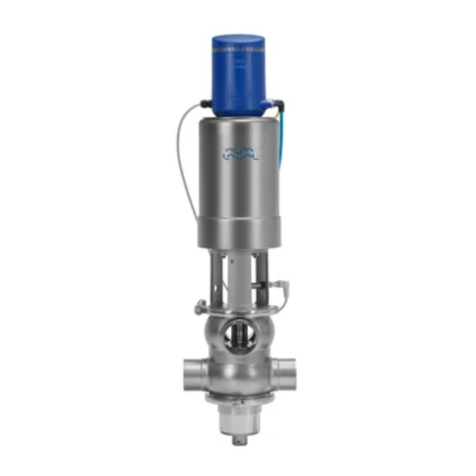
Alfalaval
Alfalaval Unique Mixproof CP-3 instruction manual
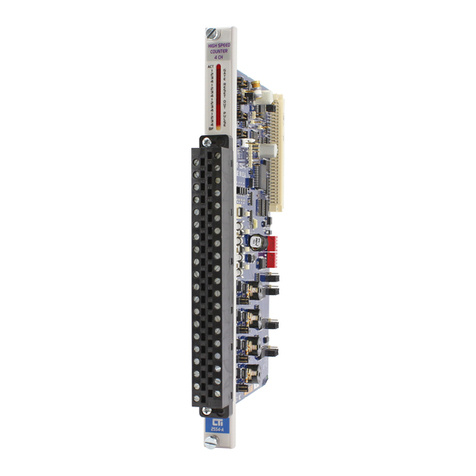
Control Technologies
Control Technologies CTI 2554-A Installation and operation guide
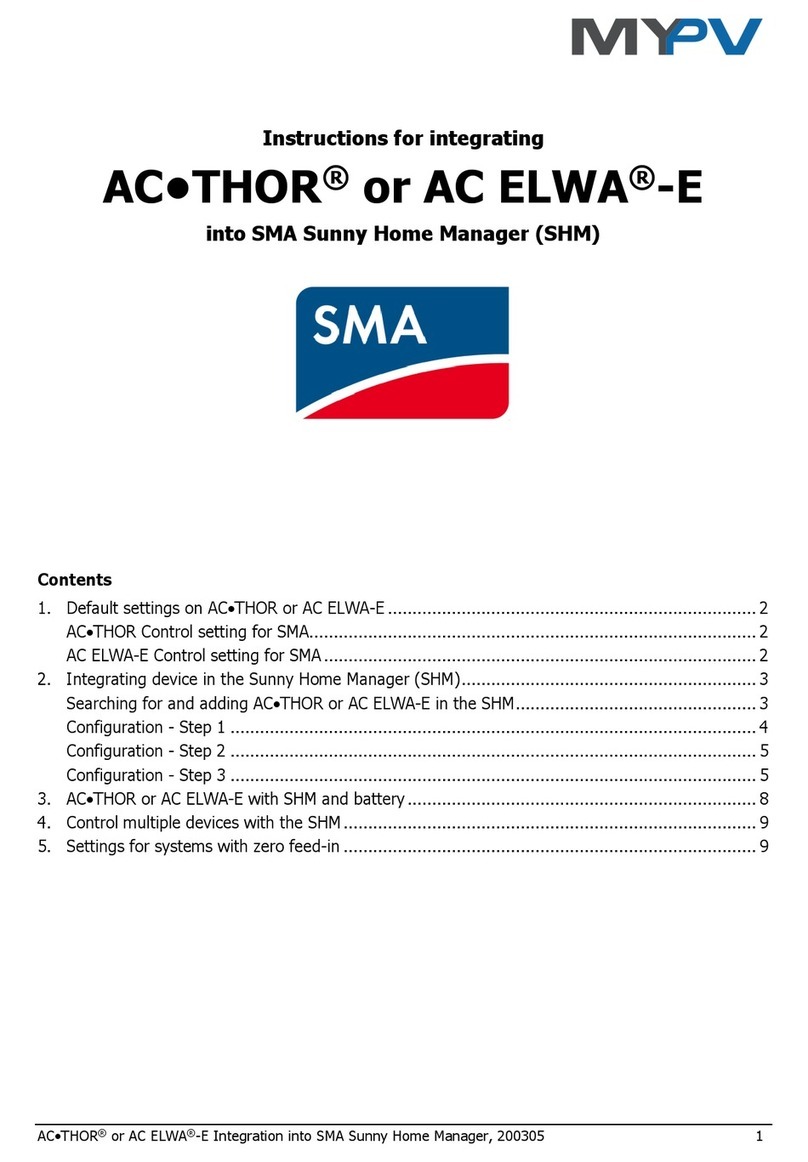
MYPV
MYPV AC THOR Instructions for integrating
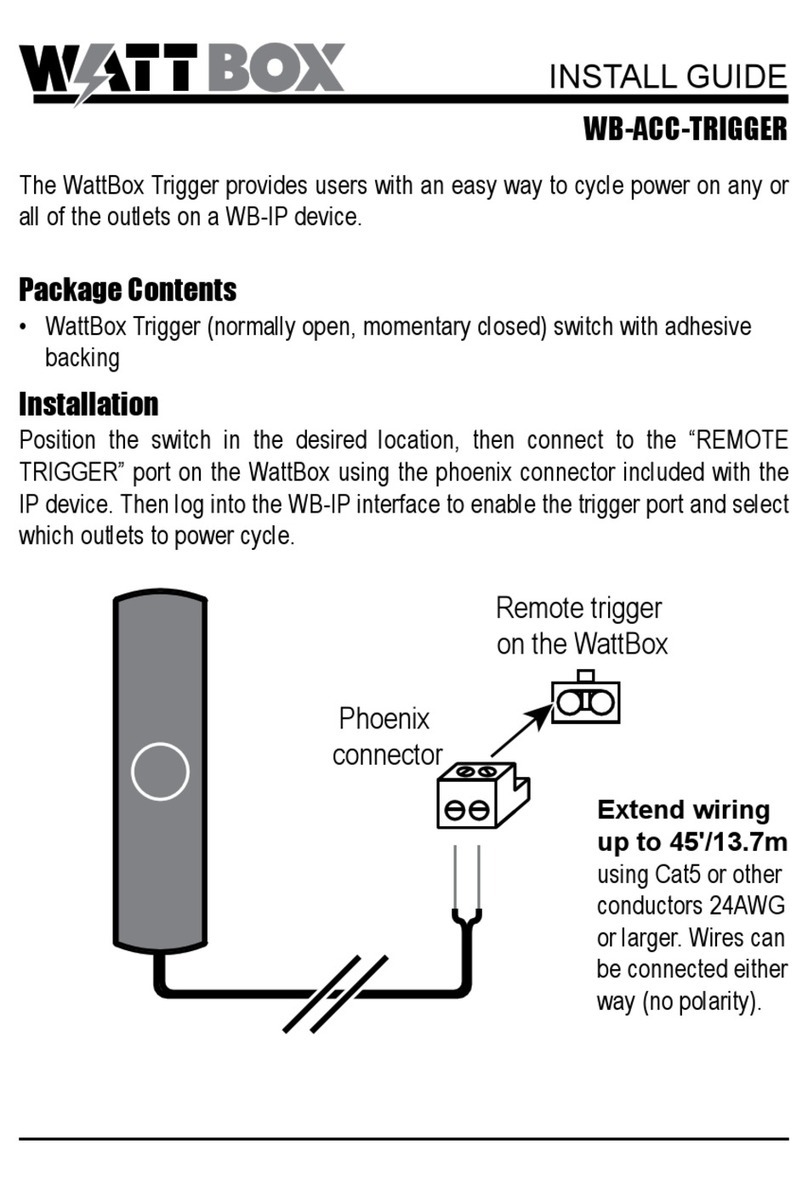
watt box
watt box WB-ACC-TRIGGER install guide
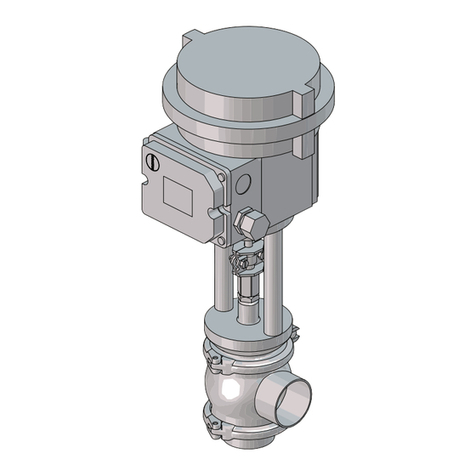
Alfalaval
Alfalaval Unique RV-P instruction manual

Elmo
Elmo FXPRO user manual
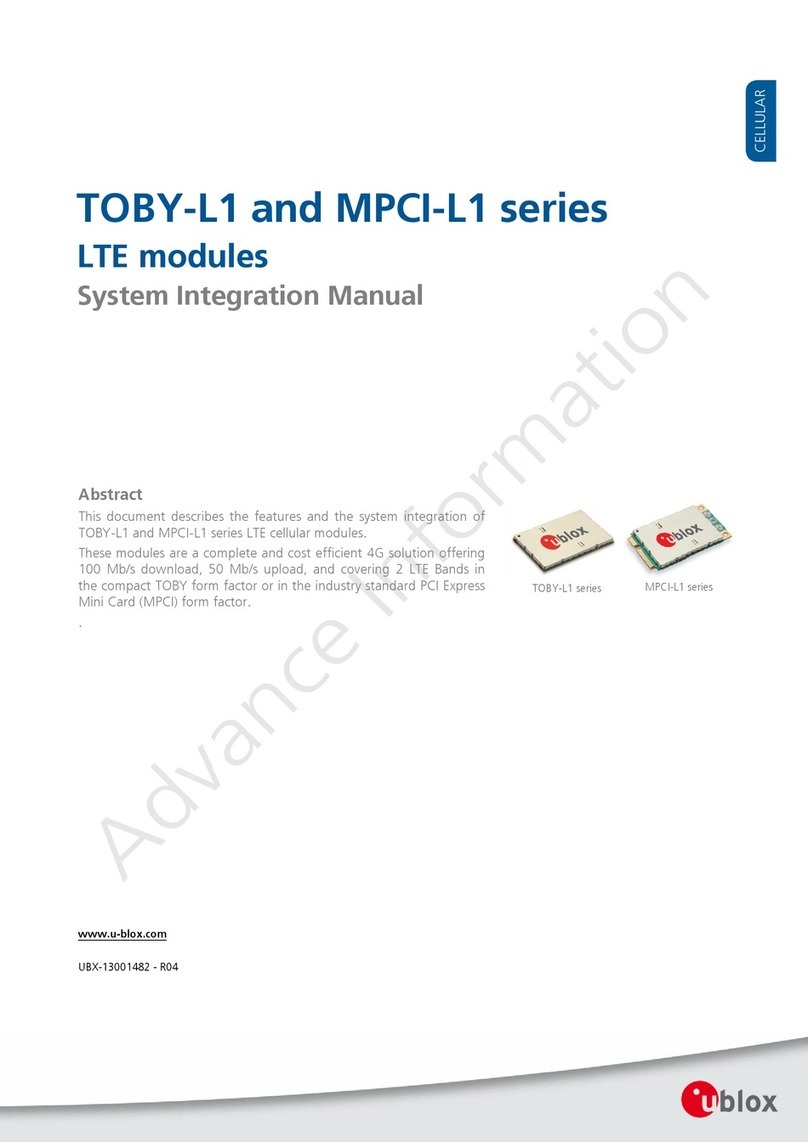
Ublox
Ublox TOBY-L1 series System integration manual
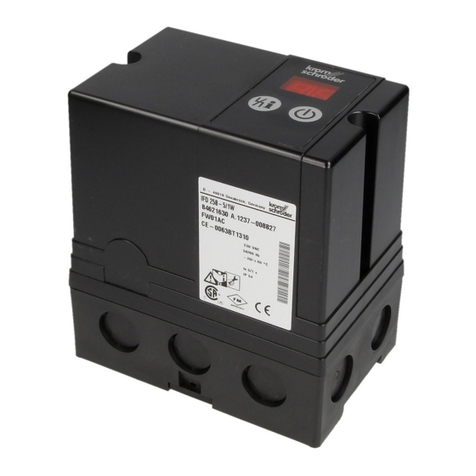
Kromschroeder
Kromschroeder IFD 258 technical information
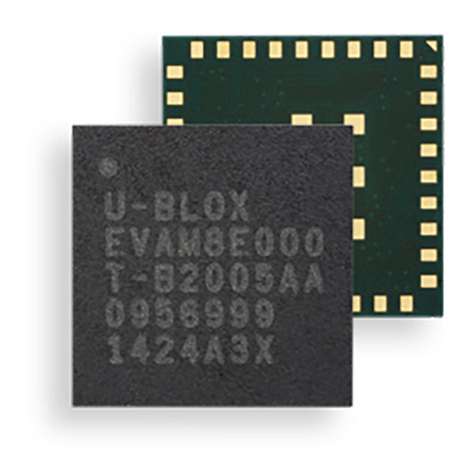
Ublox
Ublox EVA-M8E Hardware Integration Manual

Sys Tec Electronic
Sys Tec Electronic CANopen ChipF40 System manual
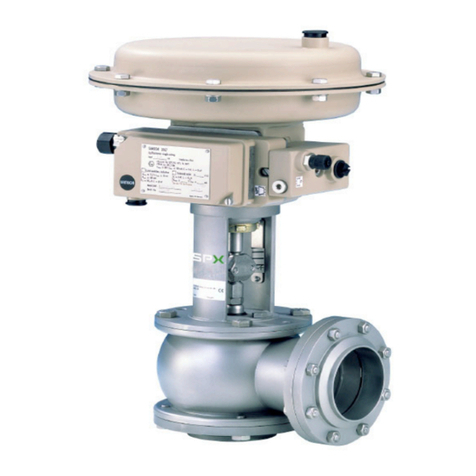
SPX FLOW
SPX FLOW APV DELTA RG4 instruction manual
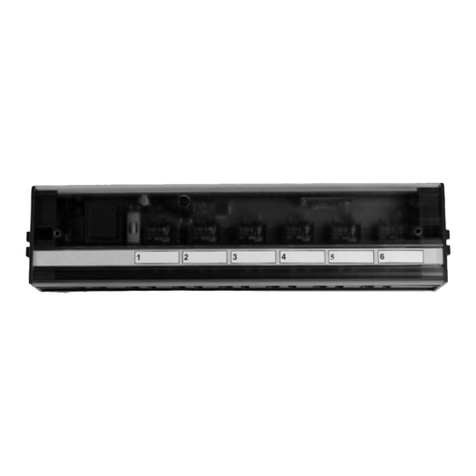
AL Tech
AL Tech B 2070-2 installation manual
